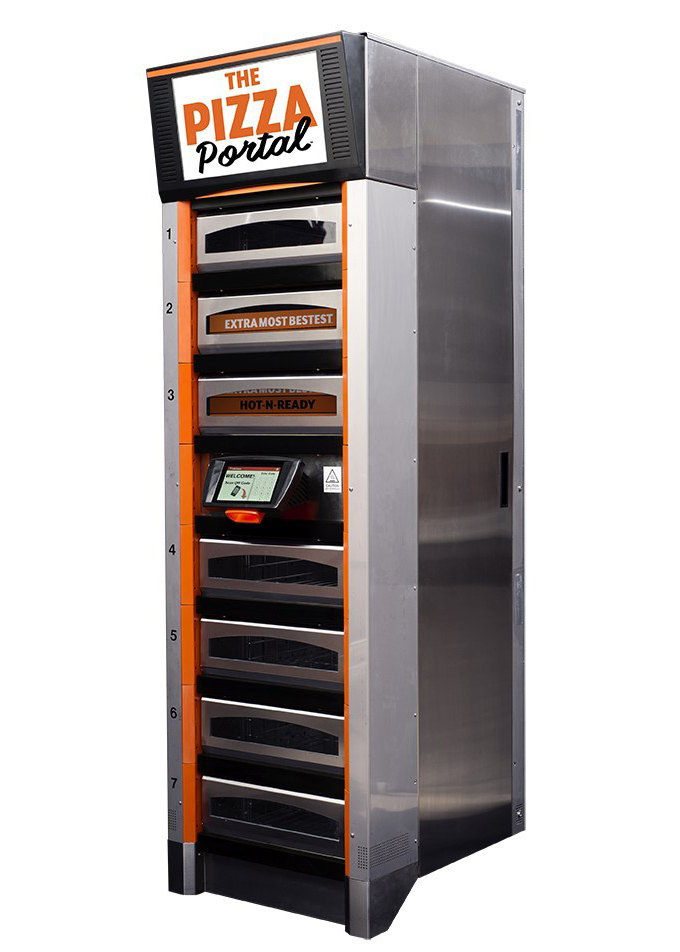Today’s consumers are more time-starved than ever. And they also crave restaurant-quality food when and where they want it – even from the comfort of their living room couch at times! This phenomenon has restaurant operators developing apps, partnering with third-party delivery firms, and more, all to remain not only relevant, but convenient in the eyes of the customer.
 Carlos Espinosa
Carlos Espinosa
But that convenience comes with a cost. To accommodate the evolving nature of their businesses, operators often try to change their restaurants, either by retrofitting their current locations, building new prototypes or both.
While adding app ordering, in-store kiosk ordering or even partnering with third-party delivery providers may seem simple, in reality implementing these tactics affects multiple aspects of an operation, such as:
- Facilities, including space allocation
- Equipment selection
- Labor
- Processes and procedures for preparing, packaging, serving and transporting food
- Menu construction, including limited time offers and other promotions
Let’s start by touring the front of the house. Operators need to understand how the customer flow will change to easily direct guests who wish to dine off-premises as well as those choosing to dine on-site. Proper signage can help but the operation may also require specific pieces of equipment to ease the customer pickup process. Little Caesars is one example of this. The Michigan-based pizza chain placed pickup portals, which closely resemble Amazon’s pickup lockers, in its stores.
Other concepts continue to test the idea of pickup windows and curbside pickup. As off-premises consumption continues to emerge as a revenue center, operators need to determine how to best utilize their existing facility spaces and labor without compromising service for any customer segment.
In contrast, the back of the house now faces the seemingly Herculean task of trying to fulfill orders and meet a “promised time” for providing a meal all the while contending with unlimited points of sale that the internet and app ordering represents. And, naturally, the back of the house can’t compromise food quality or speed of service for customers dining on premises. This can have drastic affects in BOH design, labor requirements, production planning, equipment use, etc.
Operators should carefully consider how much stress the business can reasonably place on existing labor, equipment and systems before adding additional resources to accommodate off-premises customers. Management needs to consider how much space the business will need, when to begin execution, and where to fulfill catering and online orders in a timely manner. With that determined, the next question becomes whether the current restaurant footprint can accommodate these needs. Often restaurants were built years before the current convenience trend emerged, making this assessment even more complicated.
As consumer needs and expectations evolve, maybe it’s time we as an industry begin to acknowledge the reality that restaurant design will need to continue to shift toward addressing customer convenience. This paradigm shift certainly impacts all aspects of restaurant design.
Some may look at this march toward all things convenient as a signal of our society becoming lazier. In reality, though, we simply value convenience now more than ever.
 Little Caesars eased the customer pickup process by placing a piece of equipment in front of the store so customers can grab their own pizzas.
Little Caesars eased the customer pickup process by placing a piece of equipment in front of the store so customers can grab their own pizzas.



